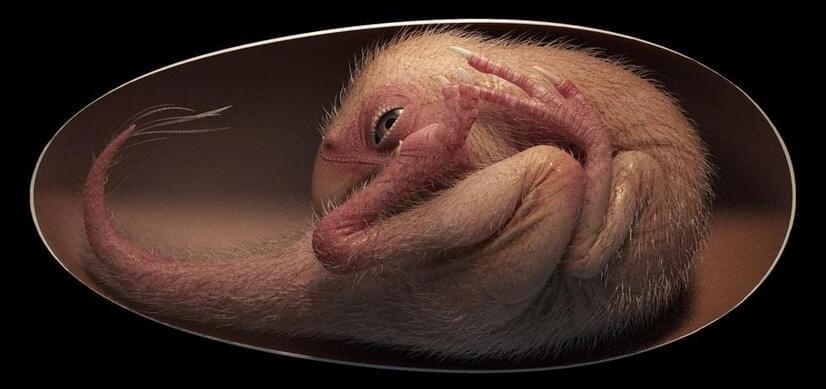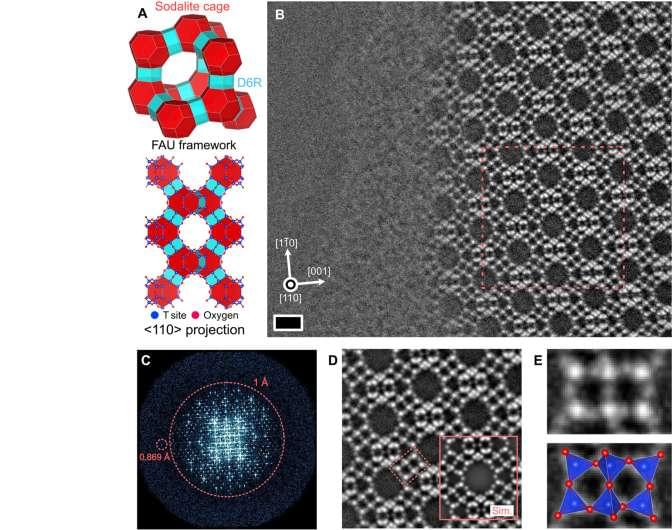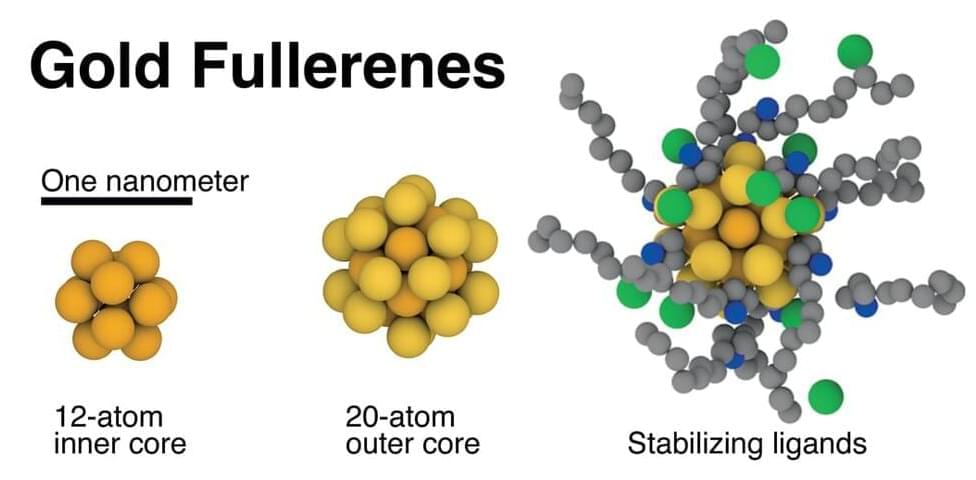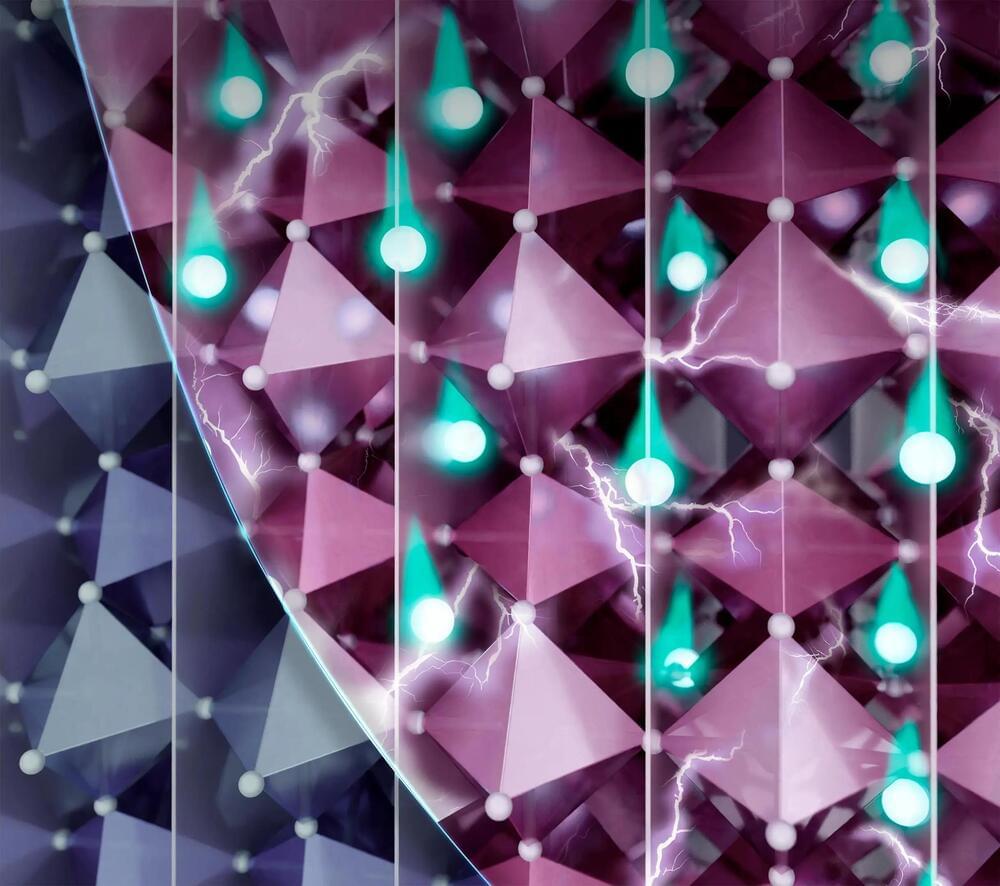Elon Musk donated $10 million to a project whose research includes a projection that declining fertility rates could mean “humanity is four-fifths over.”




An incredibly rare, fully articulated dinosaur embryo has been found inside a fossilized egg that had been collecting dust for over a decade in the storage room of a museum in China. Thought to be between 66 and 72 million years old, the unborn specimen reveals an incredible link between dinosaurs and modern birds.
Belonging to a group of feathered, toothless theropods known as oviraptorosaurs, the unhatched creature is estimated to be about 27 centimeters (10.6 inches) long, and marks the first discovery of a dinosaur embryo displaying a posture that is typical of present-day bird embryos. Shortly before hatching, modern birds engage in a series of maneuvers known as tucking, which involves curving the body and bringing the head down under the wing, yet the evolutionary origins of this behavior had until now remained unknown.
Reporting their discovery in a 2021 paper, the study authors explain that their specimen – nicknamed Baby Yingliang – was found with its head “ventral to the body, with the feet on either side, and the back curled along the blunt pole of the egg.” Such a posture, they say, is “previously unrecognized in a non-avian dinosaur, but reminiscent of a late-stage modern bird embryo.”

Zeolites have unique porous atomic structures and are useful as catalysts, ion exchangers and molecular sieves. It is difficult to directly observe the local atomic structures of the material via electron microscopy due to low electron irradiation resistance. As a result, the fundamental property-structure relationships of the constructs remain unclear.
Recent developments of a low-electron dose imaging method known as optimum bright-field scanning transmission electron microscopy (OBF STEM) offers a method to reconstruct images with a high signal-to-noise ratio with high dose efficiency.
In this study, Kousuke Ooe and a team of scientists in engineering and nanoscience at the University of Tokyo and the Japan Fine Ceramics Center performed low-dose atomic resolution observations with the method to visualize atomic sites and their frameworks between two types of zeolites. The scientists observed the complex atomic structure of the twin-boundaries in a faujasite-type (FAU) zeolite to facilitate the characterization of local atomic structures across many electron beam-sensitive materials.
Rutgers University scientists have devised a highly accurate method for creating coatings of biologically active materials for a variety of medical products. Such a technique could pave the way for a new era of transdermal medication, including shot-free vaccinations, the researchers said.
Writing in Nature Communications, the researchers described a new approach to electrospray deposition, an industrial spray-coating process. Essentially, the team developed a way to better control the target region within a spray zone as well as the electrical properties of microscopic particles that are being deposited. The greater command of those two properties means that more of the spray is likely to hit its microscopic target.
In electrospray deposition, manufacturers apply a high voltage to a flowing liquid, such as a biopharmaceutical, converting it into fine particles. Each of those droplets evaporates as it travels to a target area, depositing a solid precipitate from the original solution.

Scientists led by Nanyang Technological University, Singapore (NTU Singapore) investigators have made a significant advance in developing alternative materials for the high-speed memory chips that let computers access information quickly and that bypass the limitations of existing materials.
They have discovered a way that allows them to make sense of previously hard-to-read data stored in these alternative materials, known as antiferromagnets.
Researchers consider antiferromagnets to be attractive materials for making computer memory chips because they are potentially more energy efficient than traditional ones made of silicon. Memory chips made of antiferromagnets are not subject to the size and speed constraints nor corruption issues that are inherent to chips made with certain magnetic materials.

Rice University chemists have discovered that tiny gold “seed” particles, a key ingredient in one of the most common nanoparticle recipes, are one and the same as gold buckyballs, 32-atom spherical molecules that are cousins of the carbon buckyballs discovered at Rice in 1985.
Carbon buckyballs are hollow 60-atom molecules that were co-discovered and named by the late Rice chemist Richard Smalley. He dubbed them “buckminsterfullerenes” because their atomic structure reminded him of architect Buckminster Fuller’s geodesic domes, and the “fullerene” family has grown to include dozens of hollow molecules.
In 2019, Rice chemists Matthew Jones and Liang Qiao discovered that golden fullerenes are the gold “seed” particles chemists have long used to make gold nanoparticles. The find came just a few months after the first reported synthesis of gold buckyballs, and it revealed chemists had unknowingly been using the golden molecules for decades.


An international team finds new single-crystalline oxide thin films with fast and dramatic changes in electrical properties via Li-ion intercalation through engineered ionic transport channels.
Researchers have pioneered the creation of T-Nb2O5 thin films that enable faster Li-ion movement. This achievement, promising more efficient batteries and advances in computing and lighting, marks a significant leap forward in iontronics.
An international research team, comprising members from the Max Planck Institute of Microstructure Physics, Halle (Saale), Germany, the University of Cambridge, UK, and the University of Pennsylvania, USA, have reported an important breakthrough in materials science. They achieved the first realization of single-crystalline T-Nb2O5 thin films, exhibiting two-dimensional (2D) vertical ionic transport channels. This results in a swift and significant insulator-metal transition through Li-ion intercalation in the 2D channels.
